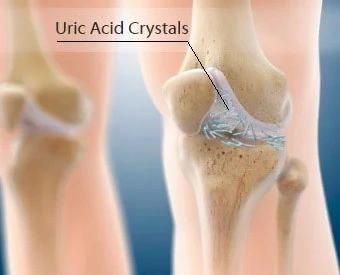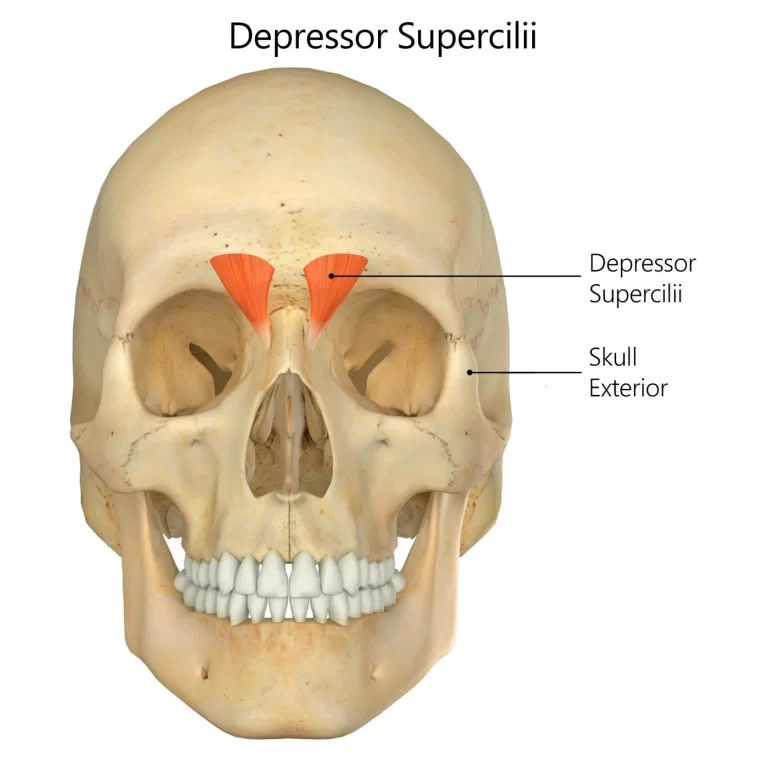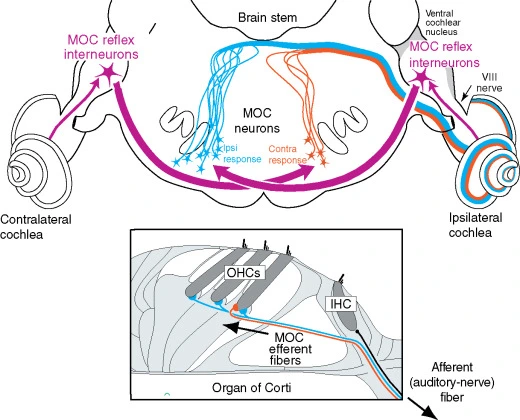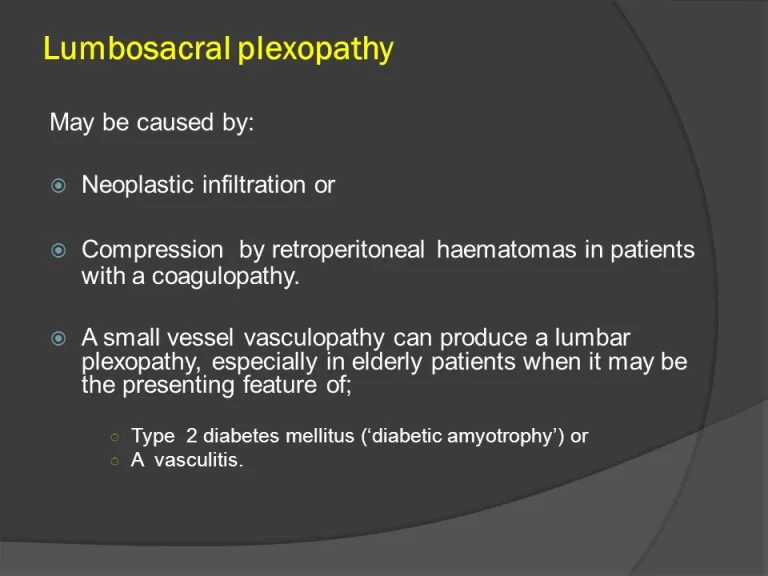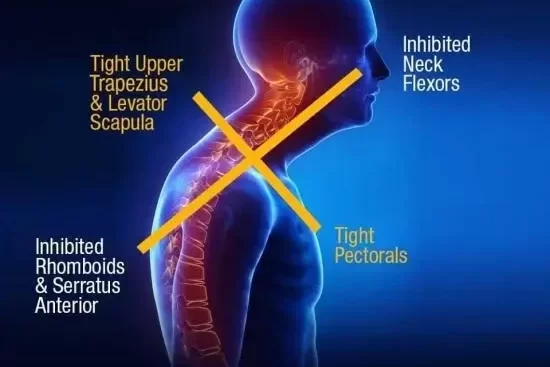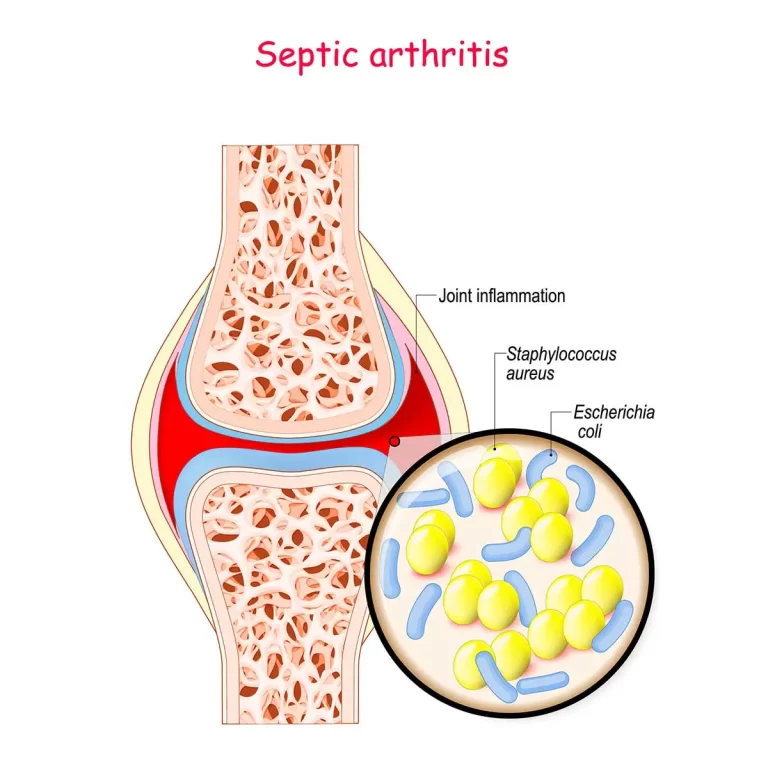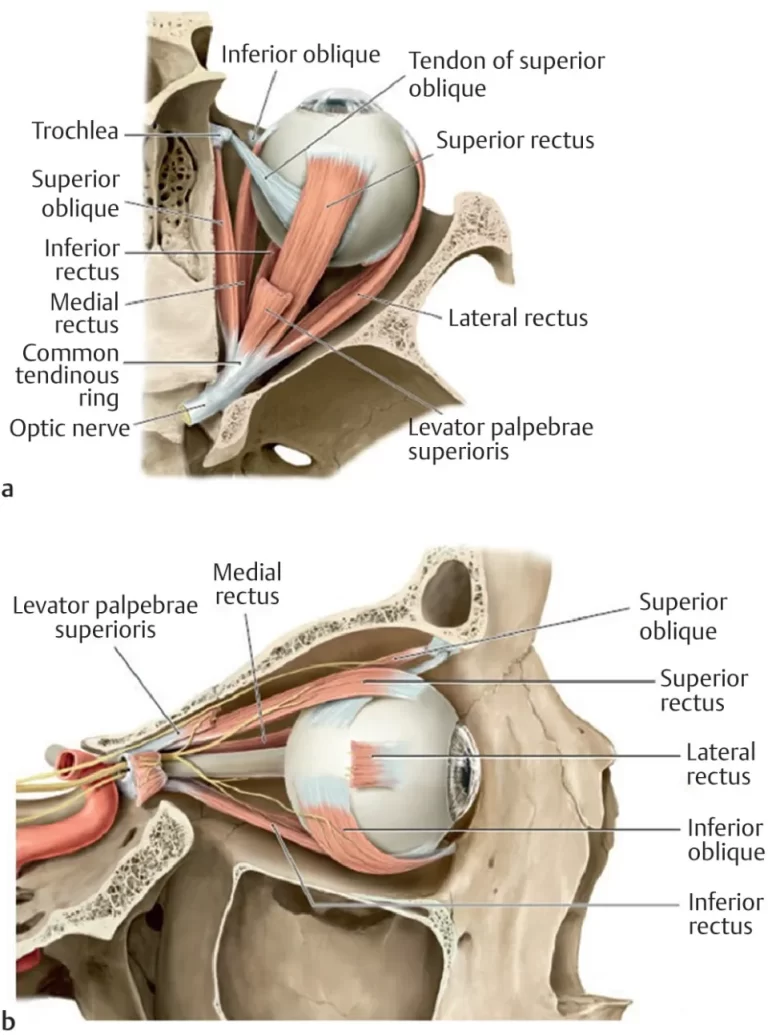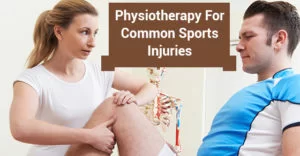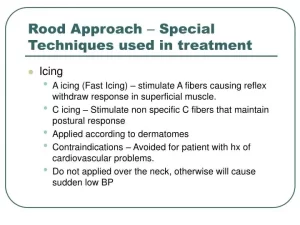Gout of knee
What is Gout? Synovial fluid is the component that the body produces to lubricate the joints. In gout, excess acid causes needle-shaped crystals to make in the synovial fluid. the acid may be a normal chemical in the blood that arrives from the breakdown of other chemicals in the body tissues. Some uric acid has…

